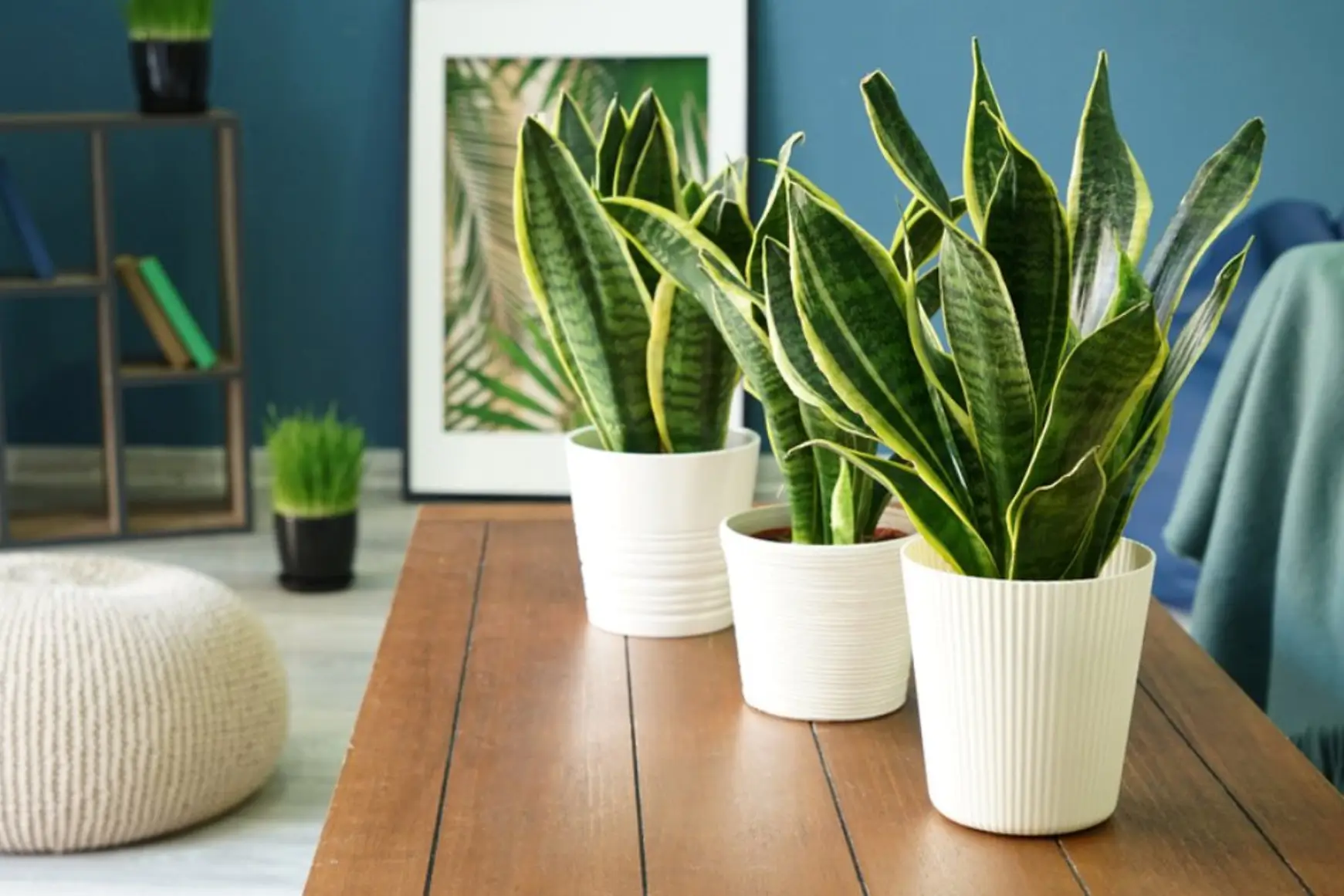Introduction:
Friends in this blog you will get some important information about snake plant. Like How to propagate snake plants? How often should you water snake plants? etc. Snake plants are a kind of plant that stays green all year round and comes from West Africa. People like them because they look amazing, help clean the air, and don’t need a lot of attention. They have long, pointed leaves that stick up and can be dark green or yellow, and silver. They can handle lots of different growing situations, like low light and not much water, so they’re a good choice for people who are new to gardening or have busy lives. On top of all that, they can take the bad stuff out of the air inside your home or office.
Most Common Types of Snake Plants:
Sansevieria trifasciata: It’s also called “mother-in-law’s tongue” and has long, pointed leaves that are green with gray or silver stripes.
Sansevieria cylindrica: This plant has round, upright leaves that are green with gray or silver stripes.
Sansevieria bacularis: It has long, thin leaves that grow in a rosette shape, and the leaves are green with white or yellow stripes.
Sansevieria fernwood: It has long, narrow leaves that are dark green with light green or yellow stripes.
Sansevieria laurentii: This plant has long, pointed leaves that are green with yellow edges.
Sansevieria moonshine: Its leaves are silvery, gray-green, slightly shorter and wider than other snake plants.
Sansevieria zeylanica: It has long, pointed leaves that are green with gray or silver stripes, similar to Sansevieria trifasciata.
There are many different types of snake plants to choose from, and each one has its own unique look and features. So, pick the one that suits your style and growing conditions the best.
People also like – Swiss Cheese Plant
Benefits of Snake Plants
Friends, snake plants can help you in many ways:
Air Purification: Snake plants clean the air by taking out harmful toxins that can cause allergies or breathing problems.
Low Maintenance: Snake plants don’t need much attention and can grow in many different conditions, which makes them a great choice for busy people or those who are new to gardening.
Aesthetically Pleasing: Snake plants have beautiful leaves that look cool and can add some style to any room.
Easy to Propagate: Snake plants are easy to grow, so you can quickly make more plants to give to your friends or add to your collection.
Feng Shui Benefits: In Feng Shui, snake plants are believed to bring good energy and luck to your home. They can make you feel calm, peaceful, and successful.
Care of a Snake Plant
Friends, if you want to take care of a snake plant, few things to remember:
Light: Snake plants like bright, indirect light, but don’t like direct sunlight.
Water: Snake plants can go for a while without water, so let the soil dry out before you water them. Use soil that drains well, so the roots don’t get too wet.
Temperature: Snake plants are happy when it’s between 60-85 degrees Fahrenheit (15-30 degrees Celsius), but don’t like cold drafts.
Humidity: Snake plants don’t need much humidity, but if you can, mist the leaves or put a dish of water nearby.
Fertilizer: Snake plants don’t need fertilizer often, but you can give them a little bit once or twice a year.
Propagation: Snake plants are easy to grow from cuttings, so you can make more plants for yourself or to share with friends.
Pruning: You don’t need to trim snake plants very often, but you can cut off dead or yellowing leaves to keep them looking nice.
Overall, snake plants are easy to take care of and look great.
In summary, snake plants are a wonderful addition to any indoor or outdoor garden. They offer a variety of benefits, including air purification, low maintenance, aesthetic appeal, easy propagation, and even Feng Shui benefits. With so many different types to choose from, there is sure to be a snake plant that suits your personal style and growing conditions.
To care for your snake plant, keep in mind the important factors of light, water, temperature, humidity, fertilizer, propagation, and pruning. By following these simple care tips, your snake plant can thrive and provide you with years of enjoyment.
So why not add a snake plant to your home or office today? You won’t regret it!
FAQ
Q: How often should you water snake plants?
A: Water snake plants only when the top inch of soil is dry, which may be every 2-4 weeks depending on the humidity and temperature of your home or office.
Q: How do you encourage snake plants to flower?
A: Snake plants can flower, but it’s not common indoors. To encourage flowering, give the plant plenty of bright, indirect light and let the soil dry out between waterings.
Q: How to propagate snake plants?
A: Snake plants can be propagated by dividing the plant, taking leaf cuttings, or rooting offsets. To divide the plant, separate the root ball into smaller sections. For leaf cuttings, cut a healthy leaf and let it dry for a few days before planting. For offsets, look for small “pups” growing from the base of the plant and plant them in their own pot.
Q: What are the benefits of snake plants?
A: Snake plants are great for purifying the air in your home or office and are known for their low-maintenance needs and unique appearance.


[…] cars, and this is causing problems like more heatwaves, bigger floods, and rising seas. Animals and plants are also being […]
[…] A Plant Good Source of Oxygen – The Ultimate Guide to Growing Snake Plants: Tips for Propagation and Care […]